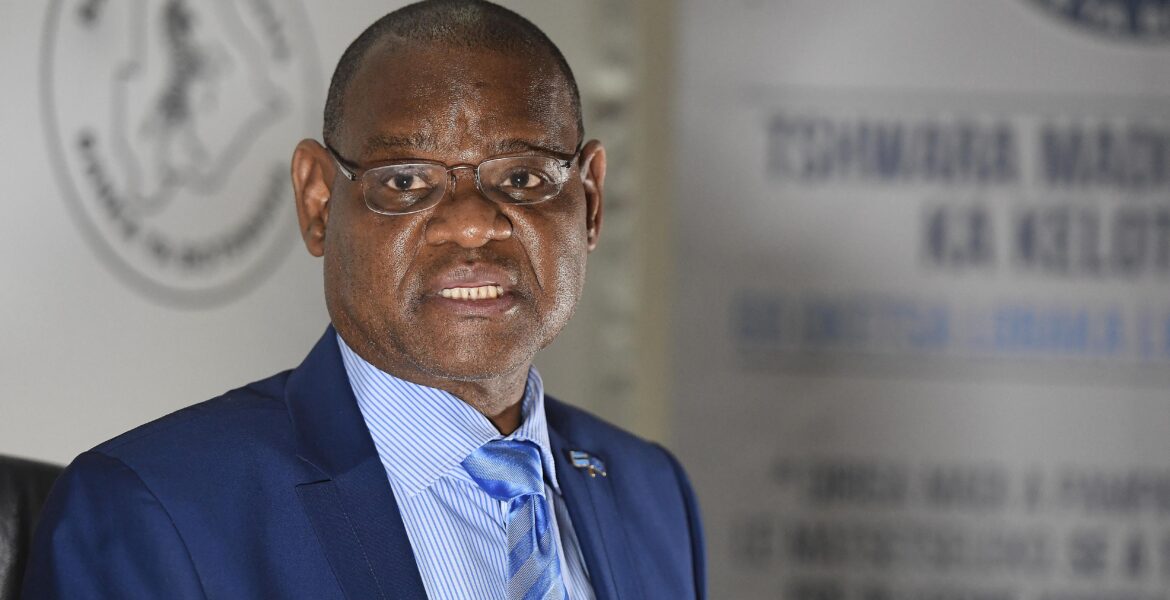- Says using bank rate left commercial banks with excess cash
- Banks will now trade their excess funds BoB certificates with interest
KATLEGO RAKOLA
The Bank of Botswana (BOB) says beginning 1st April it will implement a 7-day Bank of Botswana Certificate to replace the bank rate in an attempt to have more influence on inflation.
According to Director Research and Financial Stability Dr. Lesedi Senatla, the bank rate, which currently stands at 3.75 percent, has had little impact on controlling inflation as commercial banks had excess funds and were not borrowing from the central bank.
But with changes to BoB’s monetary policy, banks will turn in their excess funds to BoB in exchange for the certificates and earn an interest on them. Senatla stated that the prime lending rate, which stands at 5.25 percent, will be at the discretion of commercial banks, opening the financial sector to a more competitive environment.
“The bank sought a more potent instrument that we can use to transmit monetary policy,” Senatla explained. “After a detailed study, we identified the 7-day Bank of Botswana Certificate. This is a tool we (will) use to mop up excess liquidity.”
Dr Senatla said certificates will replace the bank rate from 1st April will be referred to as the Monetary Policy Rate. This comes after a long time of the central bank using the bank rate to steer demand-driven inflation to a desirable range. However, he explained, because of excess liquidity in the banking system, commercial banks had no desire to borrow from BoB.
“That rendered the bank rate incapable of affecting the structure of interest rates and this turned to weaken monetary policy implementation,” Dr Senatla noted.
He believes that once the Monetary Policy Rate is in effect, all other interest rates will fall in line with BoB’s expectations that this will have a direct impact on inflation. Dr Senatla noted that when the policy rate is adjusted for whatever reason, it will be felt immediately in loan repayment interests that consumers of financial services will note.
“By its very nature, a more effective monetary policy needs to operate through affecting bank deposits (because) that is the liability side of the commercial bank’s balance sheet and not the asset side, which is what we had been doing in the past,” he said.
He emphasised that with the new reforms, the prime lending rate will be at the discretion of commercial banks. The central bank, he added, will no longer be paying attention to this rate. “We have no desire as a central bank to interfere in the free play of money and credit markets,” Dr Senatla said.
The 7-day BoB rate will be determined by models that the central bank runs to determine where it should be, given the impact it is expected to have on inflation at a particular time when BoB be looking to either raise or lower inflation.
“That rate would then influence inflation in the following way: if we decide that we need to curtail the growth rate of inflation, we would have to increase that rate which will then restrict the money supply and ultimately reduce inflation,” he explained. The reverse is also true that when we reduce the rate, we would be pumping money into the system and in the end inflation would increase.”

